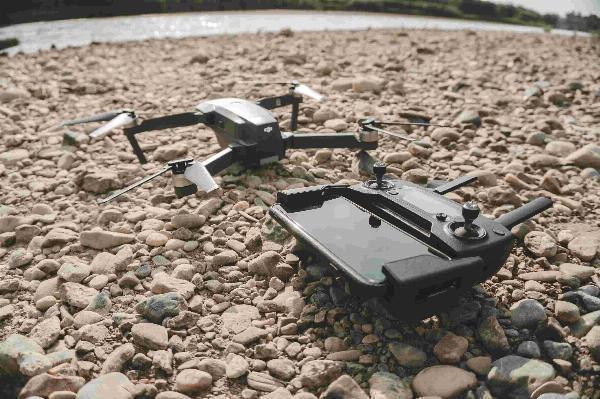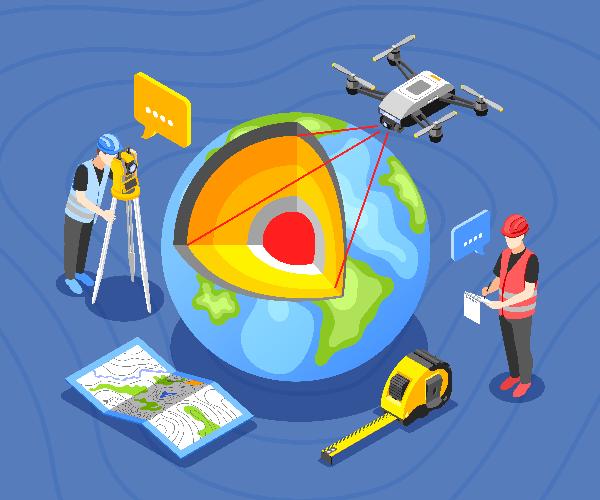Discover the Power of Ground Penetrating Radar (GPR) with Shijay Projects

Strong 8k brings an ultra-HD IPTV experience to your living room and your pocket.
In the ever-evolving field of geophysical exploration, Ground Penetrating Radar (GPR) has emerged as an indispensable tool. Whether you're involved in archaeology, engineering, or environmental studies, GPR offers unparalleled insights into subsurface structures. At Shijay Projects, a leading geophysical instruments provider in India, we pride ourselves on delivering cutting-edge solutions like GPR to meet your diverse needs.
What is Ground Penetrating Radar (GPR)?
Ground Penetrating Radar (GPR) is a non-destructive geophysical method that uses radar pulses to image the subsurface. This technology allows users to detect objects, changes in material, voids, and cracks beneath the surface. GPR is incredibly versatile, providing high-resolution data that is invaluable for a range of applications.
Applications of GPR
Archaeology: GPR helps archaeologists locate and map buried artifacts, structures, and even human remains without disturbing the site.
Engineering and Construction: In construction, GPR is used to locate utilities, detect voids, and assess the condition of structures like bridges and roads.
Environmental Studies: Environmental scientists use GPR to investigate soil contamination, monitor groundwater, and study subsurface conditions.
Utility Detection: One of the most common uses of GPR is in locating underground utilities such as pipes, cables, and storage tanks.
Why Choose GPR from Shijay Projects?
As a premier geophysical instruments provider in India, Shijay Projects offers state-of-the-art GPR systems that are reliable, accurate, and easy to use. Here are some reasons to choose our GPR solutions:
Advanced Technology: Our GPR systems incorporate the latest advancements in radar technology, ensuring precise and detailed subsurface imaging.
User-Friendly Interface: We design our equipment with the user in mind. Our GPR systems are easy to operate, even for those with minimal technical experience.
Comprehensive Support: From initial consultation to after-sales service, our team of experts is dedicated to supporting your projects every step of the way.
Custom Solutions: We understand every project is unique. That’s why we offer customized GPR solutions tailored to your specific requirements.
Benefits of Using GPR
Non-Invasive: One of the biggest advantages of GPR is that it’s a non-invasive technique. It allows for the exploration of subsurface conditions without the need for drilling or digging.
High-Resolution Data: GPR provides high-resolution images, enabling detailed analysis of subsurface features.
Cost-Effective: By using GPR, you can avoid costly excavation and drilling. It’s a cost-effective solution for subsurface investigation.
Time-Efficient: GPR surveys are quick to conduct, providing real-time results that can expedite project timelines.
How Does GPR Work?
GPR operates by sending a radar signal into the ground and recording the echoes that return from subsurface structures. The time it takes for the radar pulses to return to the surface is measured, and this data is used to construct an image of the subsurface. Different materials reflect the radar waves differently, allowing for the identification of various subsurface features.
Conclusion
Ground Penetrating Radar (GPR) is a powerful tool for anyone involved in subsurface investigation. With its wide range of applications and numerous benefits, it’s no wonder that GPR is becoming the go-to method for geophysical exploration. At Shijay Projects, your trusted geophysical instruments provider in India, we are committed to providing you with the best GPR systems to meet your needs.
Note: IndiBlogHub features both user-submitted and editorial content. We do not verify third-party contributions. Read our Disclaimer and Privacy Policyfor details.



